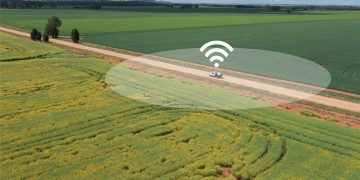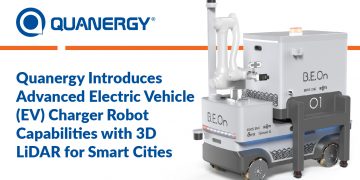While many people enjoy the perks of various apps and programs these days, very few actually give a thought at all the effort and thinking that goes behind these complicated apps and the systems they are connected to. And in today’s Internet of Things world, the complexity is just compounded. How then can you get in on the IoT marketplace if you have an idea that you want to see executed? That’s where IoT development tools come into place.
Fortunately, there are a number of different options that can help you bring your ideas to the forefront and to make them work properly.
One IoT development tool of note is Tessel 2, which is a good starting point for basic IoT prototyping. Various sensors and modules make the Tessel 2 an easy platform to use, and the board can hold dozens of modules from GPS and RFID to camera and accelerometers. What’s more, if you or any of your team is proficient in Java, specifically Node.JS, the Tessel can be used easily since Tessel is programmed using Node.JS.
It is one of the more robust IoT platforms that you can use today.
For an IoT device maker, or a developer for Gateways and Cloud-based platforms, Eclipse IoT is a good choice. What makes Eclipse IoT a good pick is that it is known to be a collaborated work of different groups and experts who want to push for IoT open tech. It can even be used to gain some experience in the IoT development field and can easily help you to create and use other source IoT tech.
If your idea is to use a system that can take input from and manipulate the real world then Arduino is the IoT platform for you. It can be used to create a computer that can create very interactive electronic systems using an easy-to-follow set of hardware specs, all in a simple-to-use platform. Oh, and it’s open-source too, ideal for creating prototypes.
Cross-platforming is a great way to ensure that an IoT system is compatible with as many elements as possible and PlatformIO is a tool that can make this happen. PlatformIO is compatible with over 200 boards and comes with a library manager and an Integrated Development Environment, both of which support a build system. Not to mention it also has debugging integration.
Raspberry Pi is often the choice for automating places like the home and Raspbian is an Integrated Development Environment that can make the process so much easier. It has more than 35,000 packages created by IoT tech experts, and includes a lot of examples to guide users of the system. It is very quick to install too. All of these positives make Raspbian the tool of choice for Raspberry Pi app creation by experts and enthusiasts alike. And because of the support of many contributors, the tool is constantly evolving and improving.
If simple connectivity between a pair of devices is the goal, easy to use Kinoma Create can be employed to develop simple IoT apps. Everything from simple movement sensors to light and temperature controls that can quickly notify a smart device can be quickly done using Kinoma Create. Not to mention there are a good amount of guides and tutorials on the developer website that can help even beginners get their feet wet in the IoT pool.
There are dozens more tools out there that can help make your ideas become reality, and it’s just a matter of getting the right one suited for yours or your team’s skill level, and you can quickly jump in to the IoT field.

for developers and enthusiasts







